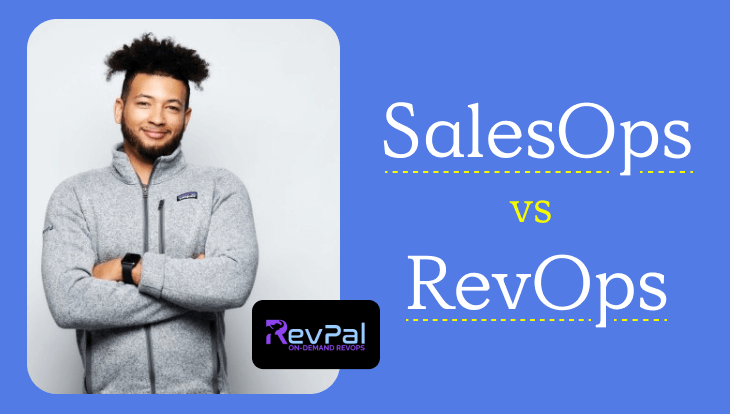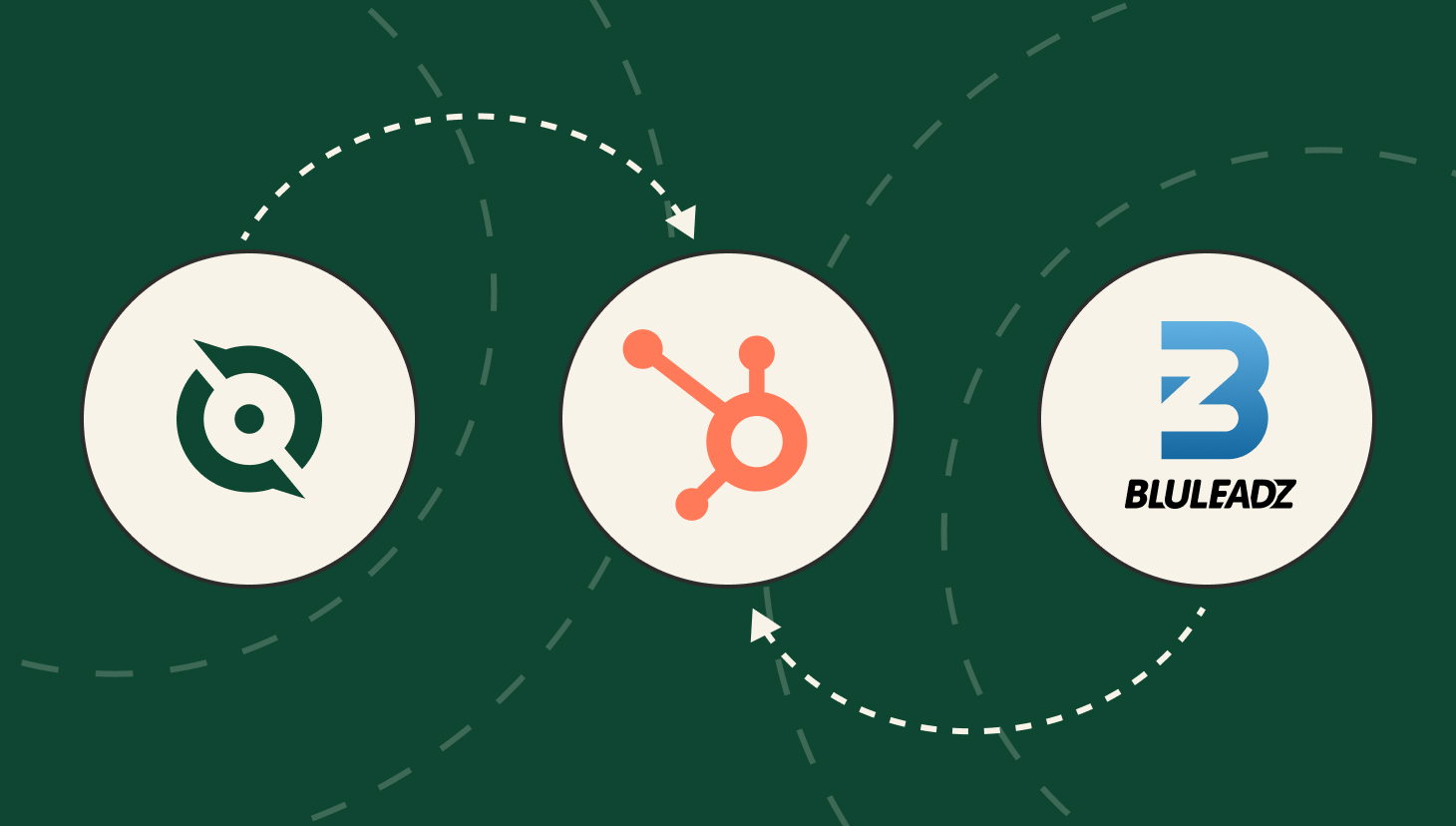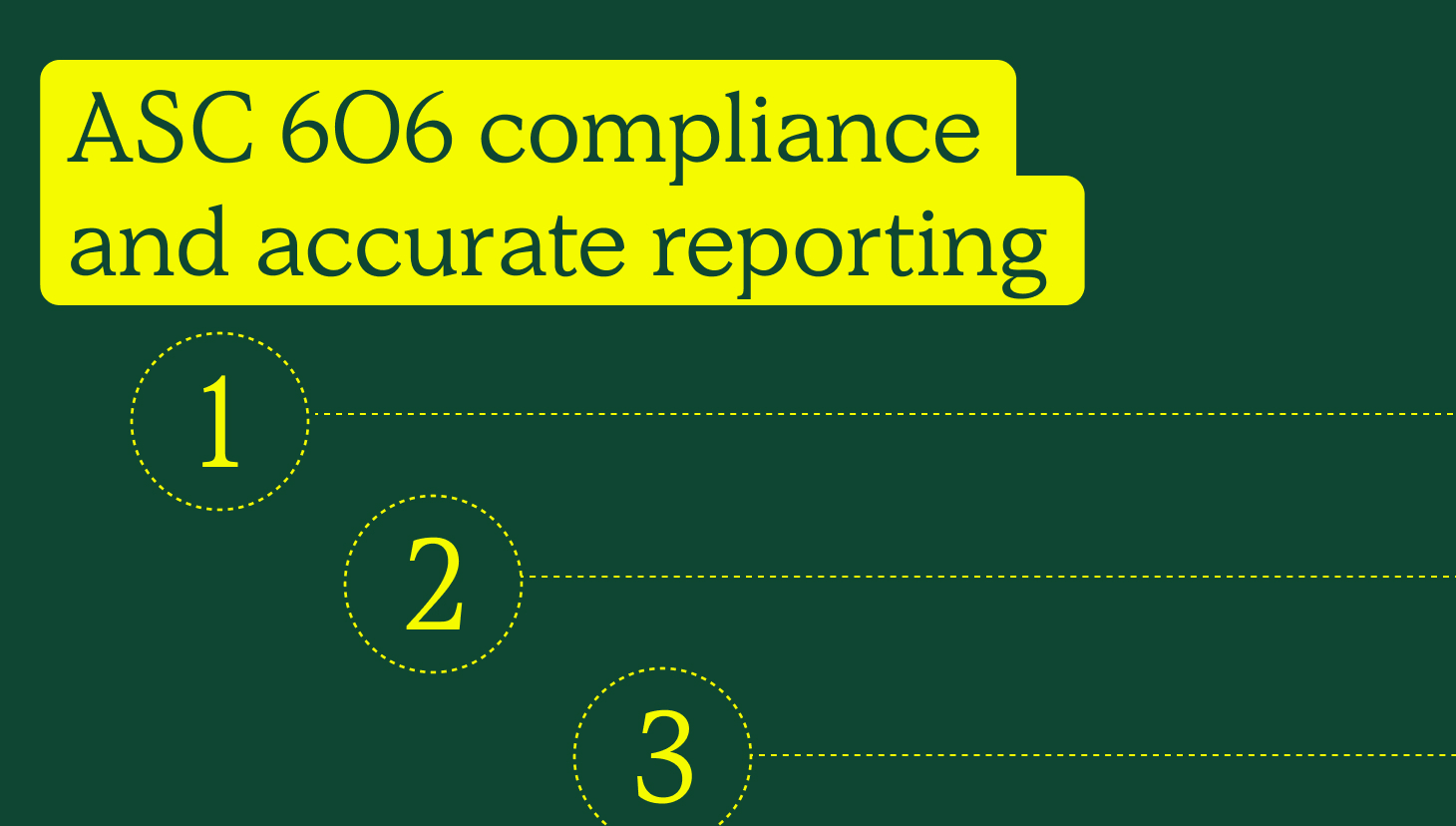Your go-to-market teams often earn incentive pay in addition to their base salary.
If they don’t, they should (in our humble opinion).
And if your RevOps teams support your GTM team (which they do), shouldn’t they also earn variable pay?
“I do think RevOps should have their own compensation structures,” said RevOps Leader Sarah Ditmars. “The better the team does, the more revenue made. This revenue directly reflects your team’s performance, which is tied to RevOps’ efforts and responsibilities.”
But if your RevOps practice supports all core revenue operations functions—marketing, customer success, and sales—then their comp plan should reflect that accordingly.
“When you only incentivize revenue, you end up glorifying sales and alienating the other two,” said Sarah.
So, how can you think about RevOps compensation plans? With help from Sarah, we outlined a few structure options below.

Recommended Reading
RevOps vs. Sales Ops: An interview with RevOps Leader Christian Freese
Take Me to BlogRevOps Compensation Plans Examples
According to Pavilion’s most recent compensation benchmark report, the most common variable pay split with RevOps is 85% base and 15% variable.
“As is the case with all comp plans, you pay them for what you want them to do and the results you want,” said Graham Collins, QuotaPath Head of Partnerships.
One RevOps comp plan example that encompasses all of RevOps focuses is a profit-sharing model.
Profit Share RevOps Comp Plans
Sarah, for instance, earned a quarterly percentage of profits at a previous company.
“I really liked it,” Sarah said. “Your leaders feel like you have ownership of your cash flow forecast, and it was more transparent than giving someone options when it’s not a publicly traded company.”
This might look like:
- Cash Bonuses Based on Profits: A portion of the company’s profits are set aside for a bonus pool, which is then distributed to leaders based on pre-defined criteria (e.g., individual performance or achievement of company goals). This directly ties leader compensation to profitability. (Think: EBITDA, or earnings before interest tax depreciation amortization.)
- Performance-Based Profit Sharing: This is similar to cash bonuses based on profits, but the payout is based on a combination of company profitability and individual or team performance metrics.
The percentage of their cut will vary depending on the company’s stage, size, and industry.
For example, earlier-stage startups might allocate a smaller percentage of profits for sharing, potentially in the 5-10% range. Conversely, mature and profitable SaaS companies might allocate a larger portion, potentially in the 15-20% range or even higher, depending on their financial strength.
RevOps Comp Plan With Options
You could also look into RevOps incentive pay structures based on options, although this has decreased in popularity in recent years.
Carta’s 2023 State of Startup Compensation report revealed that the average equity benchmark for new hires was down nearly 37% in 2023 from November 2022. (We are starting to see a slight rebound in 2024.)
In an option/equity structure most common with startups, the company offers employees a percentage of ownership in exchange for their contributions. This builds on the idea of individual contributor ownership, but it’s often a gamble that rarely pays out.
90% of startups fail, with 70% folding between the second and five-year mark.
Plus, as Sarah pointed out, option models aren’t easy to actualize into earnings.
“Not everyone understands what options mean,” said Sarah. “It’s hard to see what compensation is outside of a base salary.”

RevOps Compensation Plans Featuring Accelerators
Another option is accelerators.
We love an accelerator for our individual sellers and sales leadership. Could it work for RevOps, too?
“Since RevOps doesn’t have full control over sales outcomes, I don’t think they should have the same structure as sales, but there should be some type of plan, like a quarterly accelerator,” said Sarah. “That’d be a great payout.”
If the goal is revenue growth, tie the accelerator to the goal’s timeline. If your company has a smaller RevOps function that supports CS, marketing, and sales, consider separate accelerators for each one. That encourages them to evenly distribute their time and efforts evenly instead of focusing entirely on sales.
Or, if you want to stick with one accelerator, “find your business’s North Star metric and align it with that,” Graham said.
MBO-Based RevOps Comp Plans
David Maxey, a RevOps leader and consultant, recommended pairing a percentage of incentive pay tied to the business’s most important metric with management by objectives (MBO).
“What I recommend is tying at least a quarter of the variable compensation to overall company revenue, especially if the RevOps person played an integral part in the annual operating plan. The other 3/4, however, could be tied to revenue if the machine is up and running and needs guidance and maintenance, but if there are major projects to be completed, such as the implementation of a pipeline system, then a large portion of the variable should be tied to completion of that MBO,” David said in a LinkedIn article.
He even offered this free spreadsheet that outlines a RevOps comp plan with an MBO component.
Design, track, and manage variable incentives with QuotaPath. Give your RevOps, finance, and sales teams transparency into sales compensation.
Talk to SalesBest Practice: Offer Choices & Manage Up
Before we part ways, Sarah offered some best practices to consider before solidifying RevOps compensation packages.
“When it comes to a RevOps leader, you’re not talking to someone new to the industry,”
Sarah said.
As such, taking a bottom-up approach to RevOps leaders comp plans is recommended.
“Give them options,” Sarah suggested, which is what her previous company offered to managers.
“We gave them an option with a higher base and lower variable pay, and the reverse option,” Sarah said. “They all chose lower base because the incentive on the top end was much higher.”
This allows them to feel like they own it and have a say in their pay.
“It’s managing up,” Sarah said.
GTM Role-Based Comp Plans Examples and Resources
For additional comp plan examples, check out our following free resources:
- VP of Sales Compensation Package
- Customer Success Compensation Plans
- SDR Comp Plans
- Account Executive Comp Plans
- Sales Manager Compensation Plans
- Solutions/Sales Engineer Compensation Plans
About QuotaPath
QuotaPath partners with leaders to design fair, transparent, and strategically aligned compensation plans with a company’s North Star Metric. By providing data-driven insights, modeling capabilities, and automated commission processes, QuotaPath empowers companies to create an environment where sales behaviors are directly motivated to achieve the most significant business goals.
Learn more about our sales compensation management platform and expertise by scheduling time with our team.



